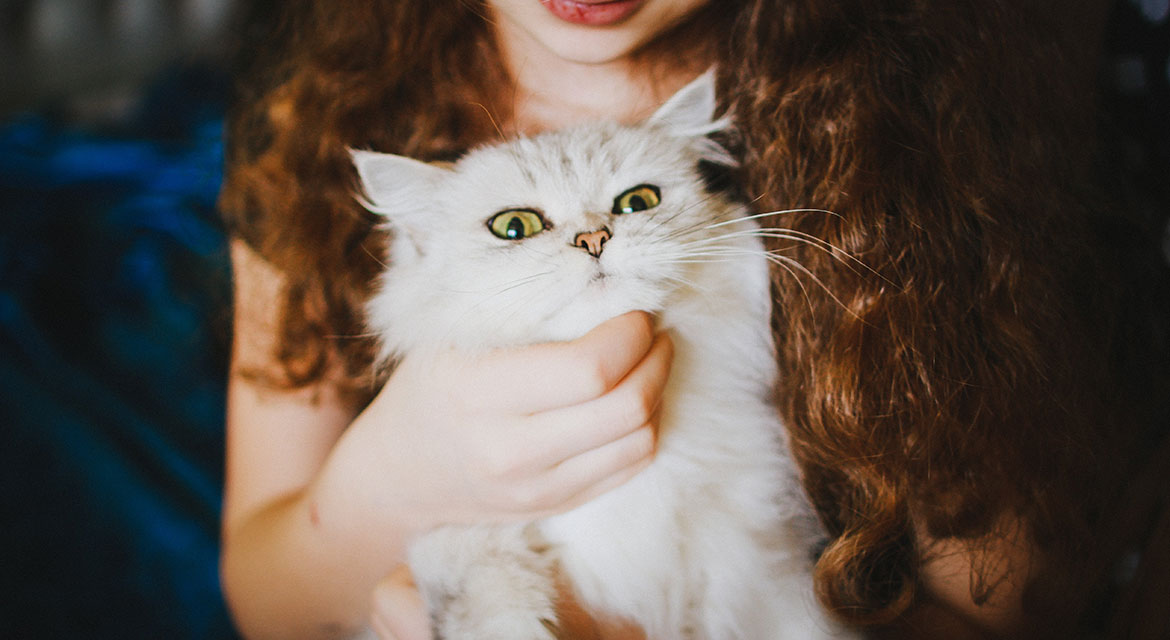The Importance of Playtime for Cats
Cats are often perceived as independent creatures who spend most of their time lounging around. While it’s true that they enjoy their relaxation, playtime is an essential aspect of a cat’s life that should not be overlooked. Engaging in regular play not only keeps your feline friend physically active but also provides numerous mental and emotional benefits. Let’s explore why playtime is so crucial for cats.
Physical Health Benefits
Just like humans, cats need regular exercise to maintain a healthy weight and avoid obesity-related health issues. Playtime is a fun and effective way to get your cat moving. Activities like chasing a feather toy, pouncing on a laser pointer, or climbing a cat tree help to keep their muscles toned and joints flexible. Regular play can also reduce the risk of developing conditions such as diabetes and arthritis.
Mental Stimulation
Cats are natural hunters with keen instincts. In the wild, they spend a significant amount of time stalking and catching prey. Indoor cats, however, don’t have the same opportunities to engage in these instinctual behaviors. Playtime serves as a valuable substitute, providing mental stimulation and keeping their minds sharp. Interactive toys and puzzle feeders challenge their problem-solving skills and prevent boredom.
Emotional Well-being
A happy cat is a playful cat. Engaging in regular play can reduce stress and anxiety, promoting overall emotional well-being. Playtime can also strengthen the bond between you and your feline friend. When you actively participate in your cat’s play, it builds trust and reinforces your relationship. Moreover, a well-exercised cat is less likely to exhibit behavioral problems such as scratching furniture or excessive meowing.
Socialization and Confidence
Kittens learn important social skills through play with their littermates. For adult cats, playtime remains a crucial component of their social development. Regular interaction through play can help shy or fearful cats gain confidence. It also provides an opportunity for multi-cat households to interact and establish social hierarchies in a non-aggressive manner.
Tips for Effective Playtime
-
Variety is Key: Rotate toys regularly to keep your cat interested. Different toys simulate different types of prey and can include feathers, balls, or toy mice.
-
Scheduled Play Sessions: Consistency helps. Try to engage in play sessions at the same time each day, mimicking the natural hunting times of dawn and dusk.
-
Interactive Toys: Invest in toys that require your participation, such as wand toys or laser pointers. These encourage more vigorous activity and mimic the unpredictability of live prey.
-
Safe Environment: Ensure the play area is safe and free of hazards. Remove any small objects that could be swallowed or cause injury.
-
End on a Positive Note: Conclude play sessions with a treat or some gentle petting to reinforce positive behavior and signal the end of playtime.
In conclusion, playtime is not just a luxury for cats; it’s a necessity. It supports their physical health, mental agility, emotional stability, and social skills. By dedicating time each day to engage your cat in playful activities, you’re contributing to a happier, healthier, and more fulfilled life for your feline companion. So, grab that feather wand or laser pointer and start playing – your cat will thank you for it!



Kevin martin
It has survived not only five centuries, but also the leap into electronic typesetting unchanged. It was popularised in the sheets containing lorem ipsum is simply free text.
Jessica brown
It has survived not only five centuries, but also the leap into electronic typesetting unchanged. It was popularised in the sheets containing lorem ipsum is simply free text.